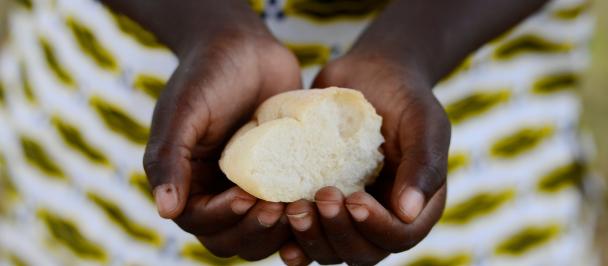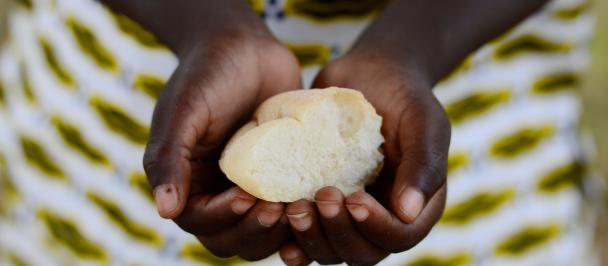
More than half of Namibians repeatedly went without basic life necessities during the previous year, placing them in the category of “moderate lived poverty” or “high lived poverty”, the most recent Afrobarometer survey for Namibia indicates.
The proportion of Namibian citizens who suffered frequent deprivation of basic life necessities has risen steadily, to the highest levels recorded since 2006, the report shows. The most vulnerable Namibians are the elderly, rural residents, and those with little or no formal education.
During the Covid-19 pandemic, the share of Namibians who went without a cash income “many times” or “always” increased by one-third.
KEY FINDINGS:
- Eight in 10 Namibians (79%) went without a cash income at least once during the past year, while majorities went without enough food (64%) and without needed medical care (57%) at least once.
- More than half of Namibians experienced “moderate lived poverty” (34%) or “high lived poverty” (22%) during the previous year, meaning they frequently went without basic life necessities. This is an 11-percentage-point increase, from 45% to 56%, compared to 2019.
- Looking at the most vulnerable, one-quarter (24%) of Namibians went without enough food “many times” or “always,” and substantial proportions suffered frequent deprivation of water (21%), medical care (17%), and cooking fuel (15%). More than two-fifths (42%) went without a cash income “many times” or “always,” an 11- percentage-point increase compared to 2019. These numbers surpass previous peaks recorded in 2008.
- Moderate and high lived poverty are more common in rural areas (63%) of Namibia than in Namibian cities (52%).
- Older Namibians report higher levels of moderate or high lived poverty, ranging from 49% of respondents aged 18-25 years to 63% of those over age 55.
- Namibian citizens with no formal education or only primary schooling report the highest levels of lived poverty (75% and 73%, respectively, compared to 34% of those with post-secondary qualifications).

